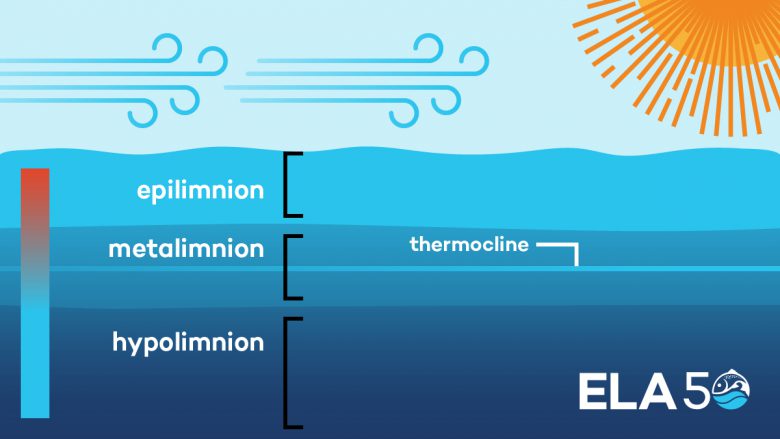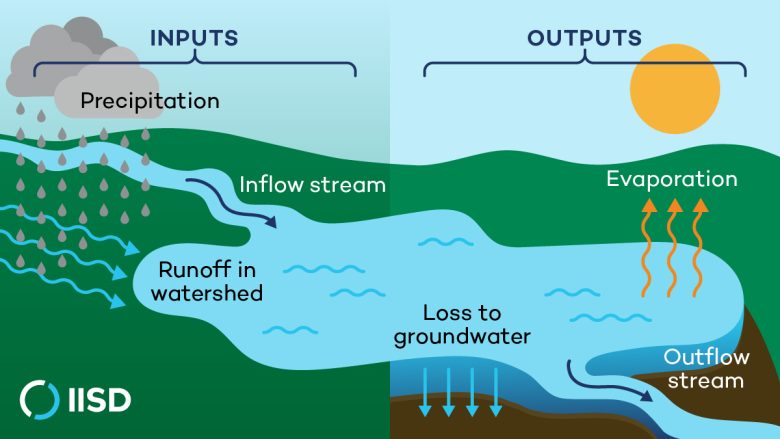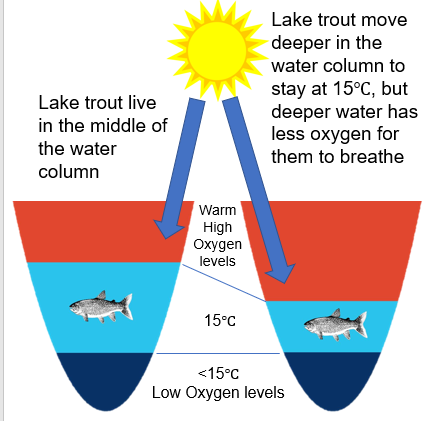Back to Basics September 20, 2021
BACK TO BASICS: Lake Residence Time, How fresh is your fresh water?
By Jessica Chudy
Deep below the 45-million-year-old ice sheets of Antarctica lies a continent lost to time. This continent, like all others, is marked with lakes, rivers, and mountain ranges. And right by the South Pole lies one of the world’s largest lakes: Lake Vostok, comparable in size to Lake Ontario or Lake Titicaca. The lake is kept entirely liquid by the crushing pressure of the ice sheet above, despite existing at a temperature of about −3 °C (27 °F). These waters could contain life unlike anything else seen on Earth, cut off from outside influence for thousands of years and forced to adapt to the extreme environment. In fact, it takes a drop of water about 13,300 years to make its way in and out of Lake Vostok.
This is essentially the meaning of a concept known as lake retention or residence time. It is loosely defined as the average length of time a drop of water remains within an aquatic system.
How Do We Calculate Lake Residence Time?
Lake residence time is calculated by dividing the volume of the entire lake by either its total inflow or the total outflow—a choice that really comes down to the data available and what the purpose of said calculation is. With this in mind, it’s obvious that this quantity will differ from lake to lake.
So, what factors actually go into figuring out how much inflow or outflow a lake experiences? The most intuitive place to start is usually the consideration of inflow and outflow streams. You may even be tempted to stop there—after all, we just want to know how long it takes for the water to get from point A (inflow) to point B (outflow), right? Nope, there’s a lot more to consider! First, imagine the difference in residence times for a lake on the side of a mountain fed by glacier streams and a lake in the middle of a flat plain. The mountain pool will have the shorter residence time, caused by higher kinetic and potential energy within the water.
Water can also enter or exit a lake without being transported by a stream. We also need to consider all of the precipitation in the lake’s watershed, as it will likely end up in the lake—or maybe the opposite possibility: the location has a dry climate, and the lake experiences heavy evaporation. It’s also necessary to consider the hydraulic conductivity of the lake bottom material—in other words, figure out how much water the lake is losing to the ground.
And Where Does the Sun Come Into All of This?
With all this said, it turns out the sun actually has the most profound impact on lake residence time.
In short, most lakes located in climates that experience defined seasons will undergo stratification at times. This occurs when the water at the top of the lake is heated by solar radiation, and the lake subsequently splits into layers. Lakes can also de-stratify if the entire body reaches the same temperature, generally caused by the wind mixing up the lake. If this seems crazy, you can read more about lake stratification here.

Knowing this, consider depth of a lake: a deep lake will de-stratify far less often than a shallow lake because it’s much harder to mix and warm the entire lake. This deep lake will therefore have water that spends much of its time stuck in one heat layer, meaning that deep lakes will often have a longer residence time. In the same vein, a lake in a location experiencing less wind will also have a longer residence time since there’s less capacity for the lake to mix.

Why Does Lake Residence Time Matter?
Lake residence time is important when considering any substances or pollutants that may be lingering in a lake. If you have a lake with a longer residence time, you’ll have substances hanging out for longer and potentially doing more damage. Examples of substances whose prolonged presence in deep layers of lakes have seriously messed things up include heavy metals like lead or mercury, phosphorus (the driver of eutrophication), and estrogen.
The problem arises when climate change enters the picture. It’s no secret that much of the world is getting warmer. Increased solar radiation will warm the epilimnion—the topmost, warmest layer of a lake—and create more defined, intense heat layers within the lake. Plus, lakes are actually getting darker due to increased amounts of plant and animal matter or dissolved organic carbon (DOC) washing into them from heavier precipitation. This has the added effect of solar radiation being able to penetrate less deeply into the lake, further intensifying heat layers. Fish in the lake also panic a little when this happens since they prefer to swim in the middle layer of the lake where it’s cool and there’s enough oxygen to breathe.

Of course, keep in mind that lake residence time is simply an average amount of time a drop of water will spend in a lake. It could be days or even years longer or shorter for any amount of water.
Ponder this next time you visit a large, deep lake. It’s a realistic possibility that the water at your feet could have been there in the lake for as long as you’ve been here on this planet.